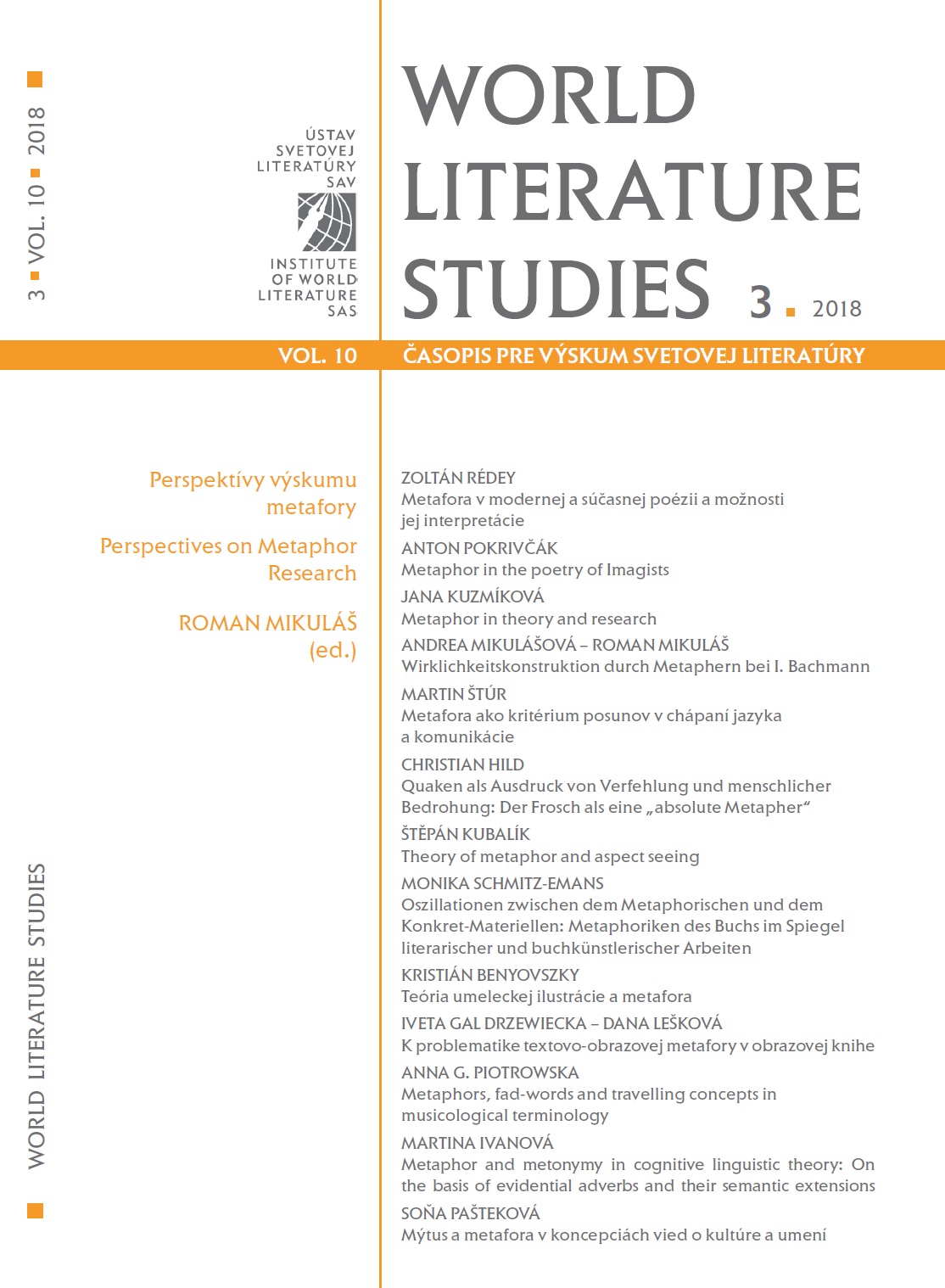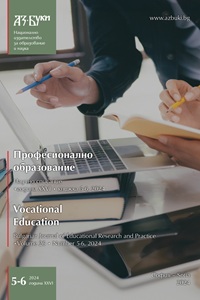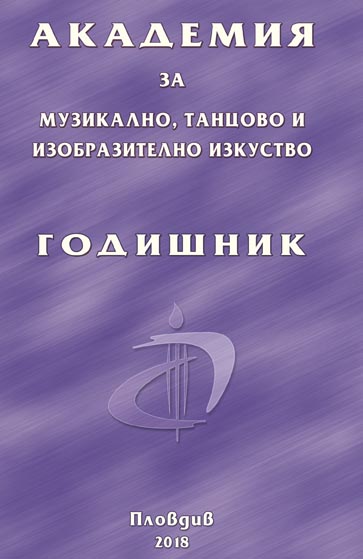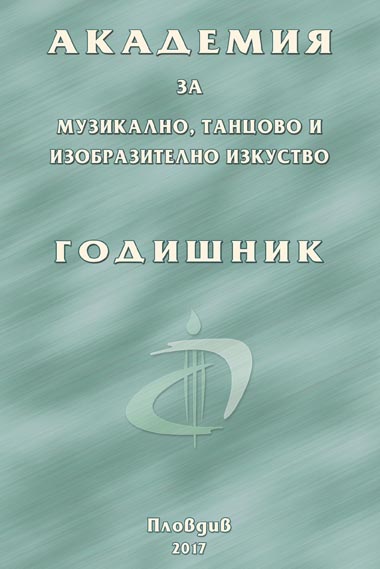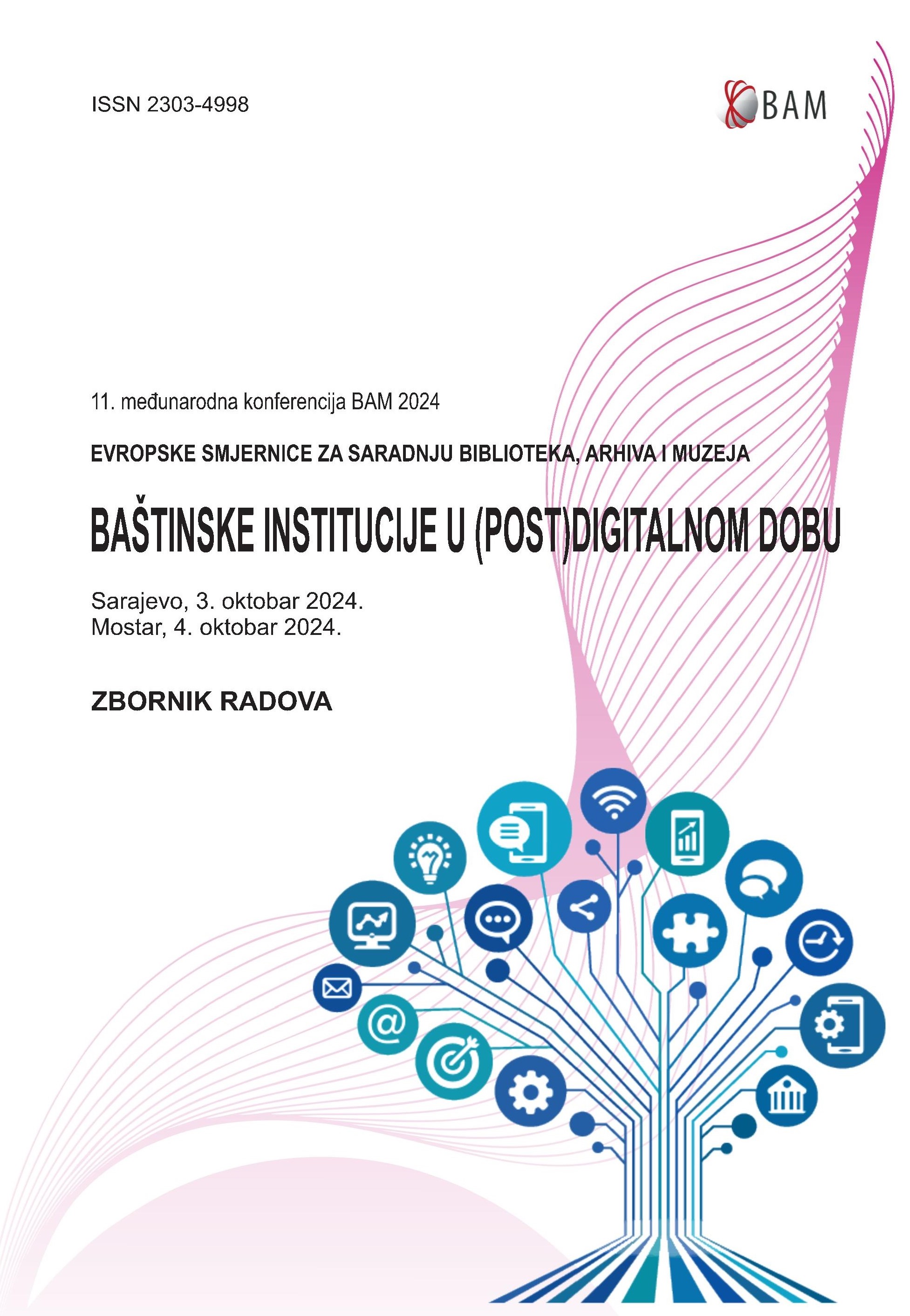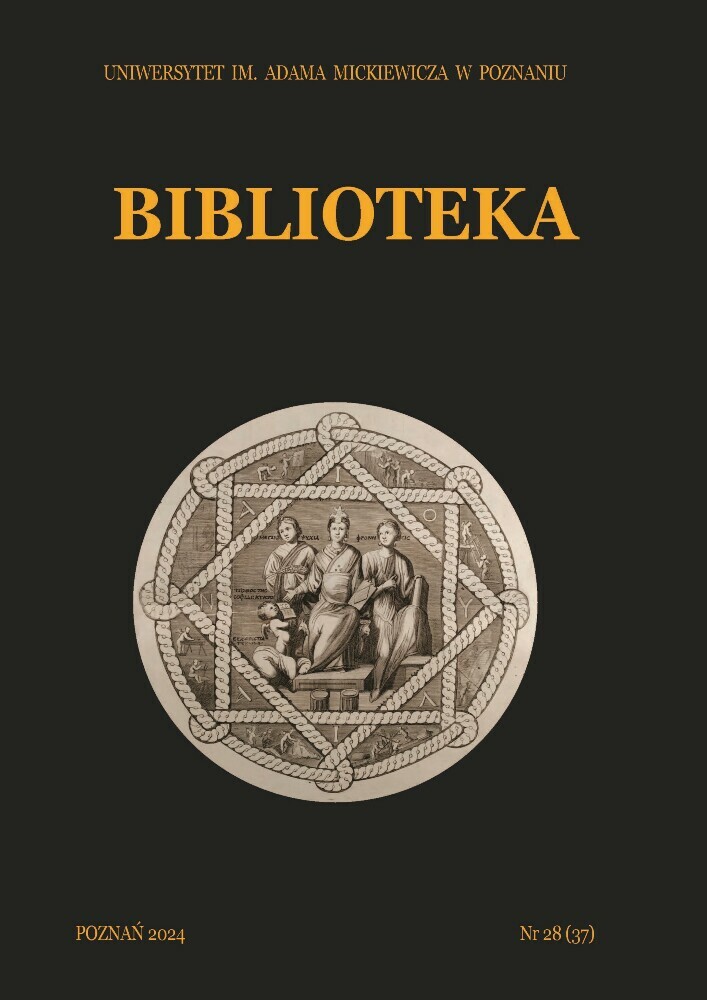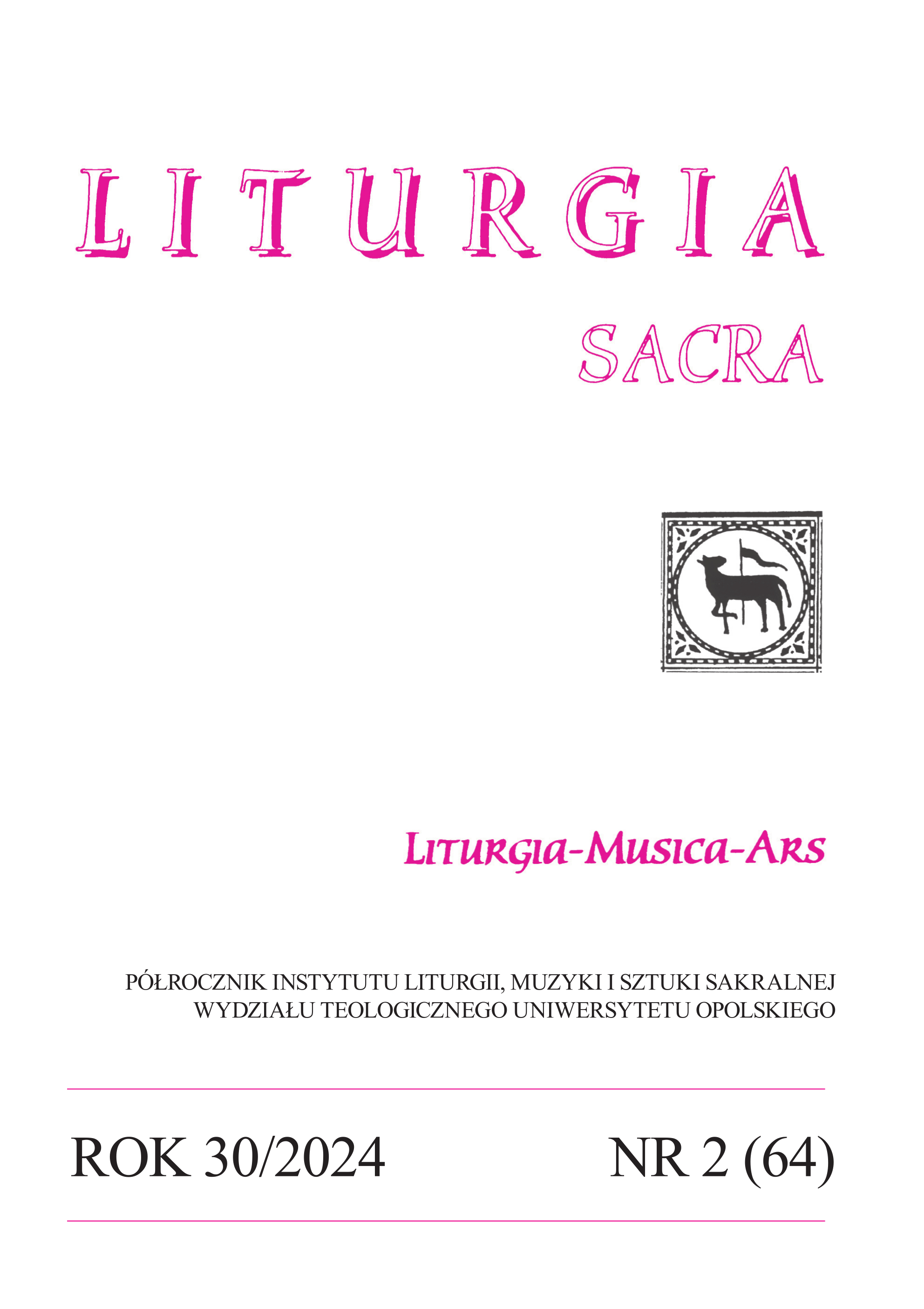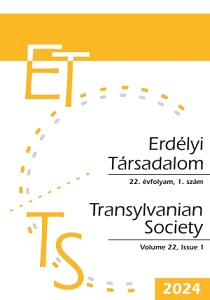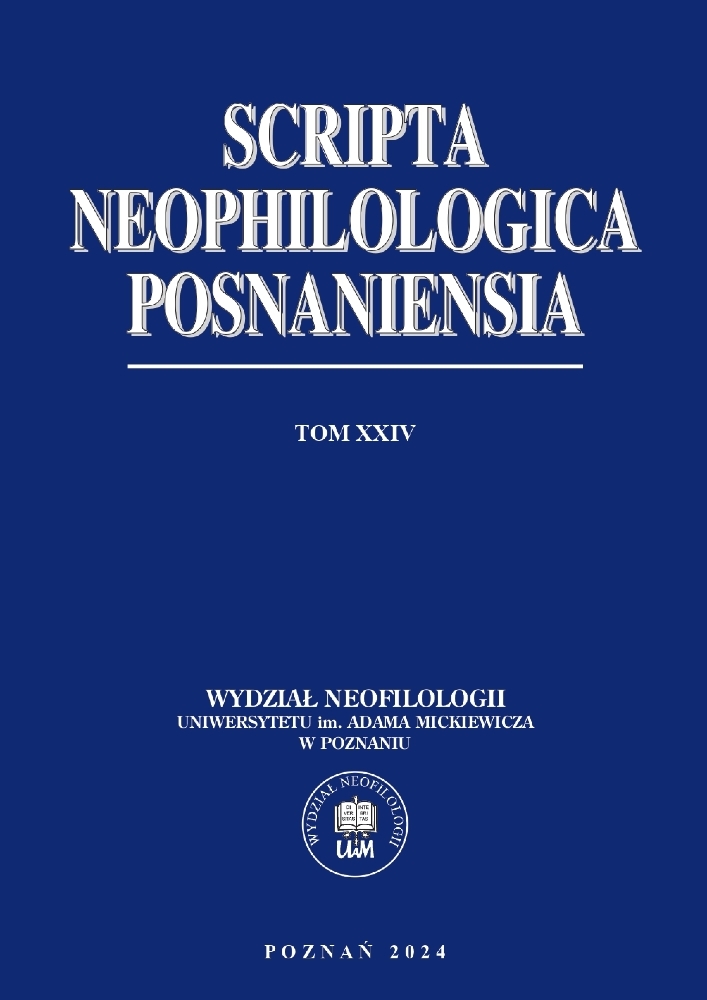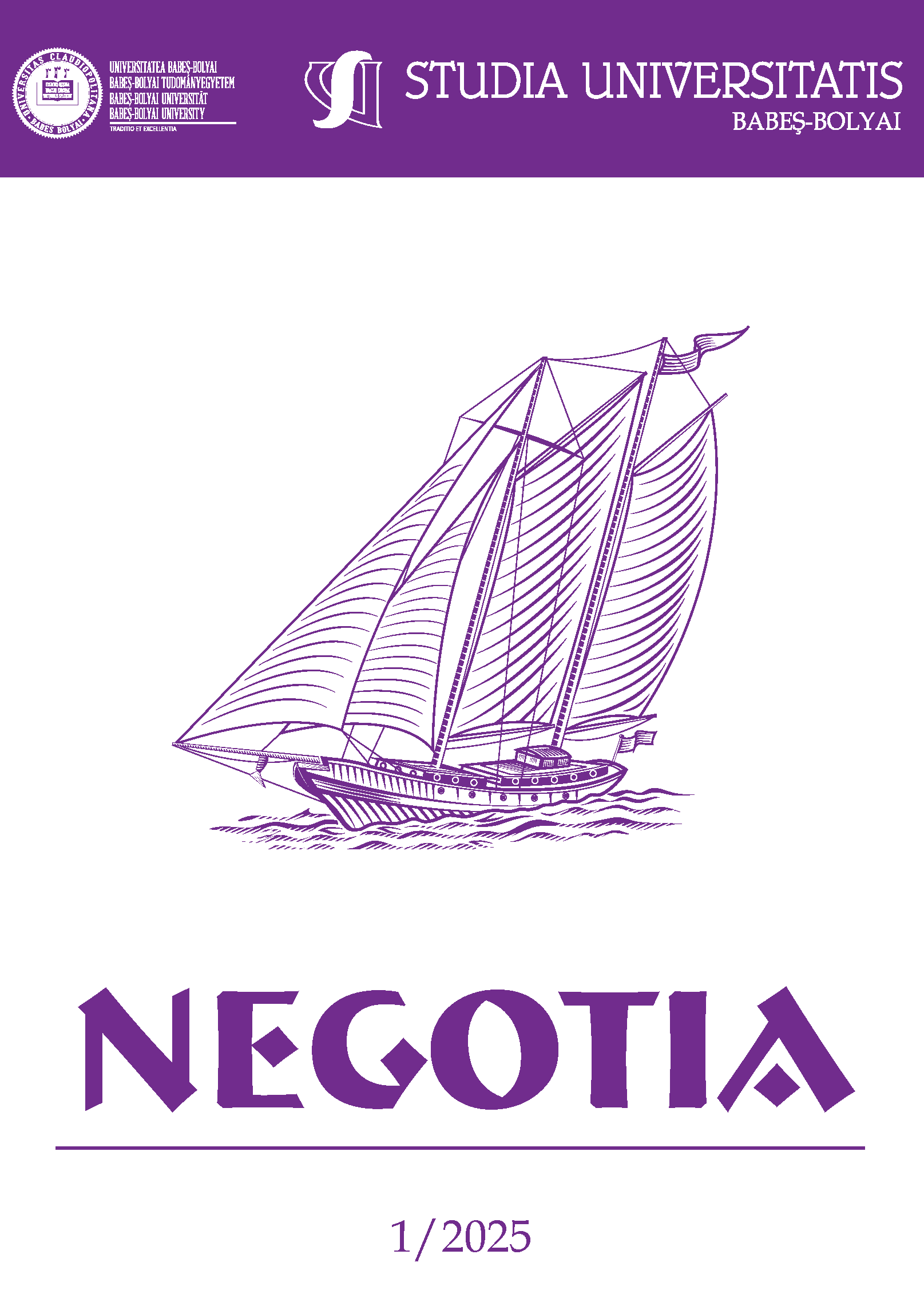Author(s): Anita Konjicija-Kovač / Language(s): Croatian
Issue: 11/2025
Mladen Pozajić (Županja, 1905 – Sarajevo, 1979), dirigent, kompozitor, muzički pedagog, rođen je u Republici Hrvatskoj, ali je više od pola radnog vijeka proveo u Sarajevu, gdje je radio kao korepetitor i dirigent Opere (1947–1963) i Filharmonije, a kasnije kao redovni profesor Muzičke akademije (1956–1972). Bio je i istaknuti zborski dirigent i suradnik Trećeg programa Radio Sarajeva.Kompletna dokumentarna ostavština prof. Pozajića čuva se u njegovoj rodnoj Županji, a građa koju je najvjerojatnije rabio za svoj korepetitorski, dirigentski i profesorski rad “sarajevskog razdoblja” nalazi se u Biblioteci Muzičke akademije u Sarajevu. Uslijed ratnih dešavanja 1990-ih i kasnijeg neadekvatnog korištenja, određeni dio ove ostavštine je uništen, otuđen ili izgubljen na neki drugi način.Ovo značajno zavještanje prof. Pozajića sadrži bogatu zbirku stručne muzičke literature; objavljenih djela prof. Pozajića, bosanskohercegovačkih i svjetskih kompozitora; neobjavljenih radova prof. Pozajića (članci, prijevodi, biografije, predavanja, tekstovi za radioemisije itd.); originalnih rukopisnih skladbi prof. Pozajića, ali i njegove tiskane i rukopisne aranžmane djela bh. i drugih kompozitora te originalne rukopise djela drugih kompozitora. Većinu tiskanih muzikalija s posvetom prof. Pozajiću poklonili su sami autori.Kako bi se rukopisni dio ove zaostavštine sačuvao od propadanja, ali i u budućnosti prezentirao širem krugu korisnika, istraživača, i bio im dostupniji na lakši i suvremeniji način, Biblioteka Muzičke akademije je sredinom 2024. počela s odabirom ove građe za njenu digitalizaciju.U odabiru građe za digitalizaciju vodili smo se potrebama korisnika, vrstom originala, fizičkim stanjem originala, ali smo uzeli u obzir i posebne kriterije rijetkosti i jedinstvenosti, umjetničke i kulturne vrijednosti i važnosti za ustanovu. Na ovaj način, izdvojena je originalna rukopisna građa vezana isključivo za autorska djela prof. Pozajića, njegove aranžmane djela bh. i drugih kompozitora, te originalna rukopisna djela drugih bh. kompozitora.
Mladen Pozajić (Županja, 1905 – Sarajevo, 1979), conductor, composer, music pedagogue, was born in the Republic of Croatia, but spent more than half of his working life in Sarajevo, where he worked as an accompanist and conductor of the Opera (1947–1963) and the Philharmonic, and later as a full professor of the Academy of Music (1956–1972). He was also a prominent choir conductor and collaborator of the Third Program of Radio Sarajevo.The complete documentary legacy of Prof. Pozajić is kept in his native city Županja, and the materials that he most likely used for his accompanist, conductor, and professor work of “Sarajevo period” are located in the Library of the Music Academy in Sarajevo. Due to the war events of the 1990s and subsequent inadequate use, a certain part of this inheritance was destroyed, alienated, or lost in some other way.This significant legacy of Prof. Pozajić contains a rich collection of professional music literature; published works of Prof. Pozajić, Bosnian-Herzegovinian and world composers; unpublished works of Prof. Pozajić (articles, translations, biographies, lectures, texts for radio broadcasts, etc.); original handwritten compositions by Prof. Pozajić, but also his printed and handwritten arrangements of works by Bosnian-Herzegovinian and other composers, and original manuscript works of other composers. Most of the printed musicals with the dedication to Prof. Pozajić were gifts by the authors themselves.To preserve the manuscript part of this legacy from decay, present it in the future to a wider circle of users and researchers, and make it more accessible to them in an easier and more modern way, the Library of the Academy of Music began selecting these materials for their digitization in mid-2024.In selecting material for digitization, we were guided by the users’ needs, the type of original, and its physical condition, however, we also considered the special criteria of rarity and uniqueness, artistic and cultural values, and the institution’s importance.In this way are selected the original manuscript material related exclusively to the works of Prof. Pozajić, his arrangements of works by Bosnian-Herzegovinian and other composers, and original manuscript works by other Bosnian-Herzegovinian composers.
More...
